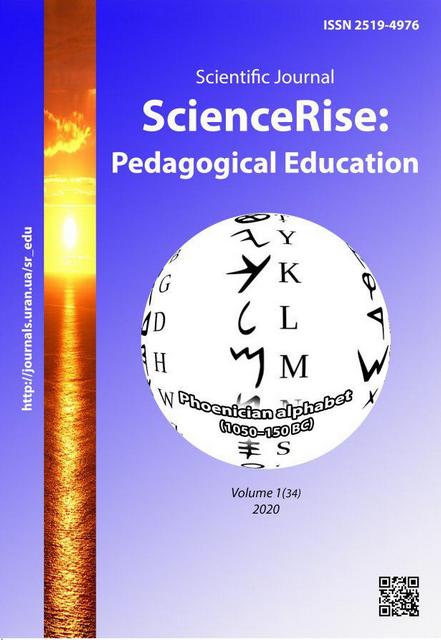Use of virtual reality and digital technologies for studying folklore in Ukraine's educational institutions
DOI:
https://doi.org/10.15587/2519-4984.2020.193115Keywords:
interaction, synergy, virtual reality, 3D Internet, interactive quest, folklore, animalistic taleAbstract
This article describes the phenomenon of using virtual reality for educational purposes using the synergy of folkloristics and digital technologies as an example. It is not difficult to agree with the opinion that virtual reality today is an ideal learning environment. The concept of using virtual reality technologies for education and science is fully implemented in the virtual reality software and hardware complex for education - VE 3D ieCenter. With the help of this hardware complex, it becomes possible to use virtual reality for studying folklore by pupils or students. The expediency of using the 3D Internet as a means of increasing the interactivity of the educational process is argued. The desire to break beyond the two-dimensional presentation of information has led to the creation of dynamic virtual technologies. Today, new perspectives in the form of 3D information on the Internet are available for teachers in educational and information technologies. Using virtual and augmented reality technologies, students of secondary and higher educational institutions will be able to interact with objects in virtual space or participate in important historical events. Virtual and augmented reality technologies should be applied in the field of education, primarily because the educational system must adapt to complicating processes, models, and theories and students need to operate with a lot of information and new ways of presenting it.
As an example of the use of virtual reality during practical classes on the study of folklore, the article described the structure of an interactive quest and a seminar
References
- Tekhnolohii virtualnoi realnosti. Available at: https://www.it.ua/knowledge-base/technology-innovation/virtualnaja-realnost-vr
- Virtualnaia realnost. Available at: https://ru.wikipedia.org/wiki/Виртуальная_реальность
- Mairon Kriuger. Iskustvennaia realnost: proshloe i budusche. Available at: http://testlib.meta.ua/book/127801/read/
- Obrazovanie i nauka. Available at: http://ve-group.ru/3dvr-resheniya/obrazovanie-i-nauka/
- Lanovyk, M. B., Lanovyk, Z. B. Kultovo-animistychni (mifolohichni) kazky. Zvirynyi epos. Available at: http://www.info-library.com.ua/books-text-4166.html
- Lin, H., Wang, H. (2014). Avatar creation in virtual worlds: Behaviors and motivations. Computers in Human Behavior, 34, 213–218. doi: http://doi.org/10.1016/j.chb.2013.10.005
- Samoylova, E. (2014). Virtual World of Computer Games: Reality or Illusion? Procedia – Social and Behavioral Sciences, 149, 842–845. doi: http://doi.org/10.1016/j.sbspro.2014.08.324
- VR-tekhnolohii yak metod i zasib navchannia. Available at: http://od.kubg.edu.ua/index.php/journal/article/download/444/392
- Plachynda, S. P. (1993). Slovnyk davnoukrainskoi mifolohii. Kyiv: Ukr. Pysmnyk, 63.
- Myloradovych, V. P. (1993). Ukrainska vidma: narysy z ukrainskoi demonolohii. Kyiv: Veselka, 72.
- Influence of literature and myth in videogames. Available at: http://www.ign.com/articles/2006/05/18/the-influence-of-literature-and-myth-in-videogames
Downloads
Published
How to Cite
Issue
Section
License
Copyright (c) 2020 Oleksandr Pydiura

This work is licensed under a Creative Commons Attribution 4.0 International License.
Our journal abides by the Creative Commons CC BY copyright rights and permissions for open access journals.
Authors, who are published in this journal, agree to the following conditions:
1. The authors reserve the right to authorship of the work and pass the first publication right of this work to the journal under the terms of a Creative Commons CC BY, which allows others to freely distribute the published research with the obligatory reference to the authors of the original work and the first publication of the work in this journal.
2. The authors have the right to conclude separate supplement agreements that relate to non-exclusive work distribution in the form in which it has been published by the journal (for example, to upload the work to the online storage of the journal or publish it as part of a monograph), provided that the reference to the first publication of the work in this journal is included.








